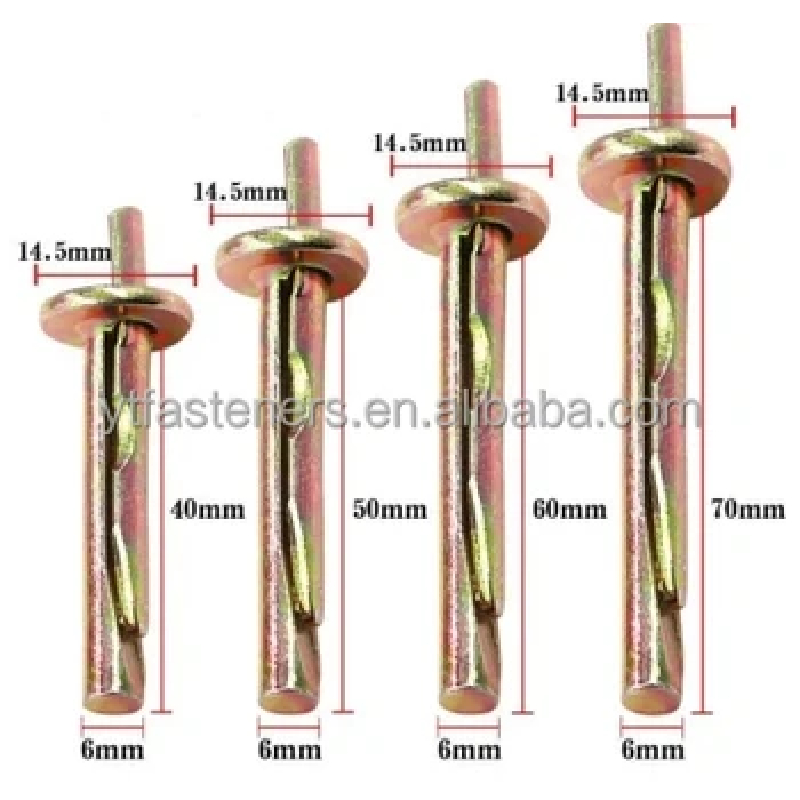Oct . 08, 2024 16:29 Back to list
Hardware Solutions for Fasteners and Assembly Components in Construction and Manufacturing
Screws and Fixings The Unsung Heroes of Construction and Assembly
In the realm of construction, engineering, and DIY projects, screws and fixings often receive less attention than they deserve. Yet, these humble hardware components play critical roles in ensuring structural integrity, safety, and functionality. Understanding the importance and variety of screws and fixings can help both professionals and hobbyists make informed choices that enhance their work.
Screws are threaded fasteners designed to create a strong holding force between materials. They come in various types, sizes, and materials, tailored to specific applications. For instance, wood screws have coarse threads that allow for better grip in wooden materials, while machine screws feature finer threads and are commonly used with nuts or tapped holes in metal applications. Each type serves its purpose, and selecting the right screw is crucial for the success of a project.
Fixings, on the other hand, encompass a broader category that includes anchors, bolts, and even adhesive solutions. These components are often used in conjunction with screws to secure objects in place. For example, wall anchors are essential when fixing screws into drywall, providing a solid base that prevents the screw from pulling out. Similarly, masonry screws are specifically designed to be used in concrete, allowing for sturdy mounting without compromising the integrity of the material.
screws and fixings

One of the key considerations when choosing screws and fixings is the material from which they are made. Stainless steel, for instance, is a popular choice for outdoor applications due to its resistance to rust and corrosion. Other materials, such as brass and zinc-plated steel, offer different benefits in terms of aesthetics and strength. Moreover, coating options are available that can further enhance durability, particularly in harsh environments.
In addition to material, it’s vital to consider the screw's drive type, which refers to how the screw is tightened. Common types include Phillips, flathead, Torx, and hex drives, each with its own advantages and disadvantages. Using the appropriate drive type not only makes installation easier but also minimizes the risk of stripping the screw head, which can lead to costly repairs.
Lastly, the importance of proper installation cannot be overstated. Using the right tools, such as a torque screwdriver or power drill, helps ensure screws are not over-tightened, which can damage materials or lead to failure. For larger projects, an understanding of load-bearing and weight distribution is essential to prevent structural issues.
In conclusion, screws and fixings are integral to a wide range of applications, from constructing homes and buildings to assembling furniture and appliances. By recognizing their variety, material properties, and correct installation practices, users can achieve stronger, safer, and more enduring results in their projects. Next time you pick up a screw or a fixing, remember the pivotal role it plays in the bigger picture!


